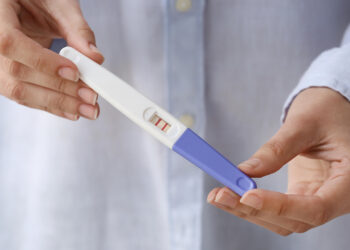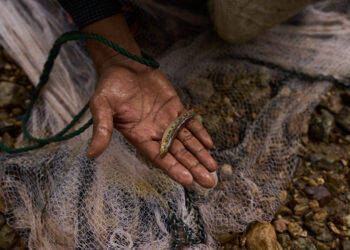TOPLINE:
Patients who underwent mitral valve replacement had a more than threefold higher 10-year rate of infective endocarditis than those at moderate risk for the disease, whereas undergoing mitral valve repair was not significantly associated with the risk.
METHODOLOGY:
- Researchers used Danish registries to examine the 10-year incidence of first-time infective endocarditis among adults who underwent a first-time mitral valve replacement (n = 1220; median age, 67 years; 52.1% men) or repair (n = 3239; median age, 66 years; 72.0% men) between 2000 and 2020.
- Incident infective endocarditis was defined as a diagnosis with 14 or more days of hospitalization or as hospitalization of less than 14 days if the patient died during the stay.
- The outcome was compared with patients at a moderate risk for infective endocarditis (n = 209,517; median age, 75 years; 54.4% men), including those with cardiac implantable electronic devices, congenital heart valve anomalies, hypertrophic cardiomyopathy, rheumatic heart disease, and nonrheumatic degenerative valve disease.
- Each of the three study groups was compared with matched control individuals from the background population.
TAKEAWAY:
- Over 10 years, infective endocarditis occurred in 6.1% of patients who underwent mitral valve replacement, 1.6% of those who underwent mitral valve repair, and 1.7% of those at a moderate risk for the disease.
- Undergoing mitral valve replacement was associated with a significantly higher 10-year rate of infective endocarditis (adjusted hazard ratio, 3.52; 95% CI, 2.73-4.52) than having a moderate risk for the disease; undergoing mitral valve repair showed no such risk.
- Compared with control individuals, the 10-year rate of infective endocarditis was about 66-fold higher among patients with mitral valve replacement, 14-fold higher among those with mitral valve repair, and 10-fold higher among those at a moderate risk for the disease.
- About 68%-77% patients in all three groups redeemed antibiotic prescriptions after discharge and before the occurrence of infective endocarditis, with no significant differences among groups.
IN PRACTICE:
“Future studies may clarify whether antibiotic prophylaxis should be utilized equally for both [mitral valve] replacement and repair,” the researchers reported.
“The analysis of Danish registries represents an outstanding opportunity to define the contemporary risk of [infective endocarditis] after MV [mitral valve] repair and MV replacement, providing insights for implementing preventive strategies and surveillance programs for patients who have undergone prosthetic MV replacement and promoting new investigations on preventive treatment requirements between patients who have undergone MV repair and those who have undergone MV replacement,” Daniele Giacoppo, MD, of the University of Catania, Catania, Italy, wrote in an editorial accompanying the article.
SOURCE:
This study was led by Amna Alhakak, MD, of Copenhagen University Hospital Rigshospitalet in Copenhagen, Denmark. It was published online on July 11, 2025, in the European Heart Journal.
LIMITATIONS:
This study was observational and did not imply mitral valve interventions caused infective endocarditis. The risk for confounding factors remained with the use of moderate-risk group as comparator. Microbiological data was unavailable for the entire follow-up period.
DISCLOSURES:
This study received a grant from the Research Fund of Rigshospitalet, Copenhagen University Hospital. Several authors reported receiving honoraria, travel grants, research grants, and lecture fees from various pharmaceutical and healthcare companies including AstraZeneca, Bayer, and Novo Nordisk Foundation.
This article was created using several editorial tools, including AI, as part of the process. Human editors reviewed this content before publication.
Source link : https://www.medscape.com/viewarticle/mitral-valve-replacement-linked-higher-endocarditis-risk-2025a1000jo7?src=rss
Author :
Publish date : 2025-07-25 04:15:00
Copyright for syndicated content belongs to the linked Source.










